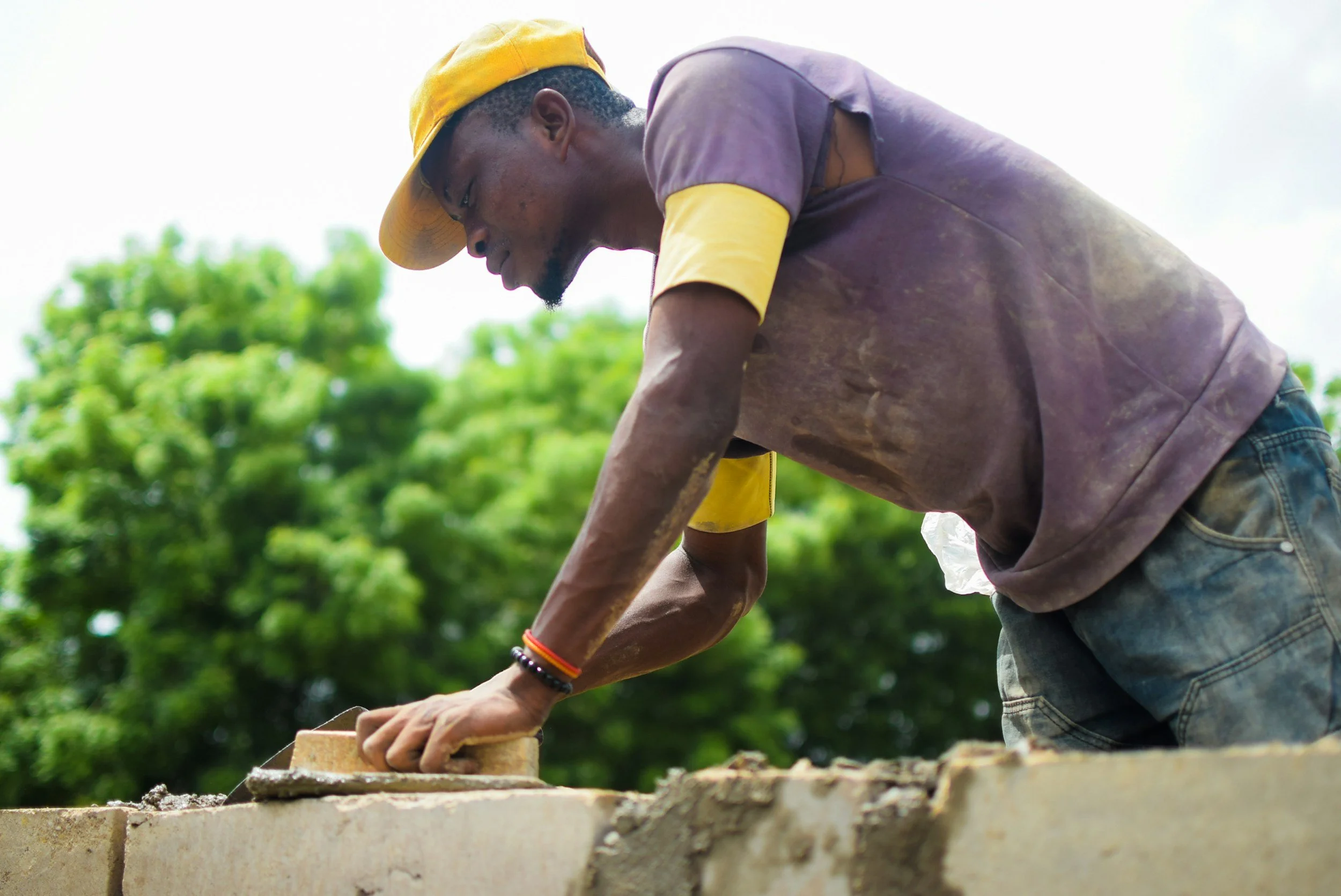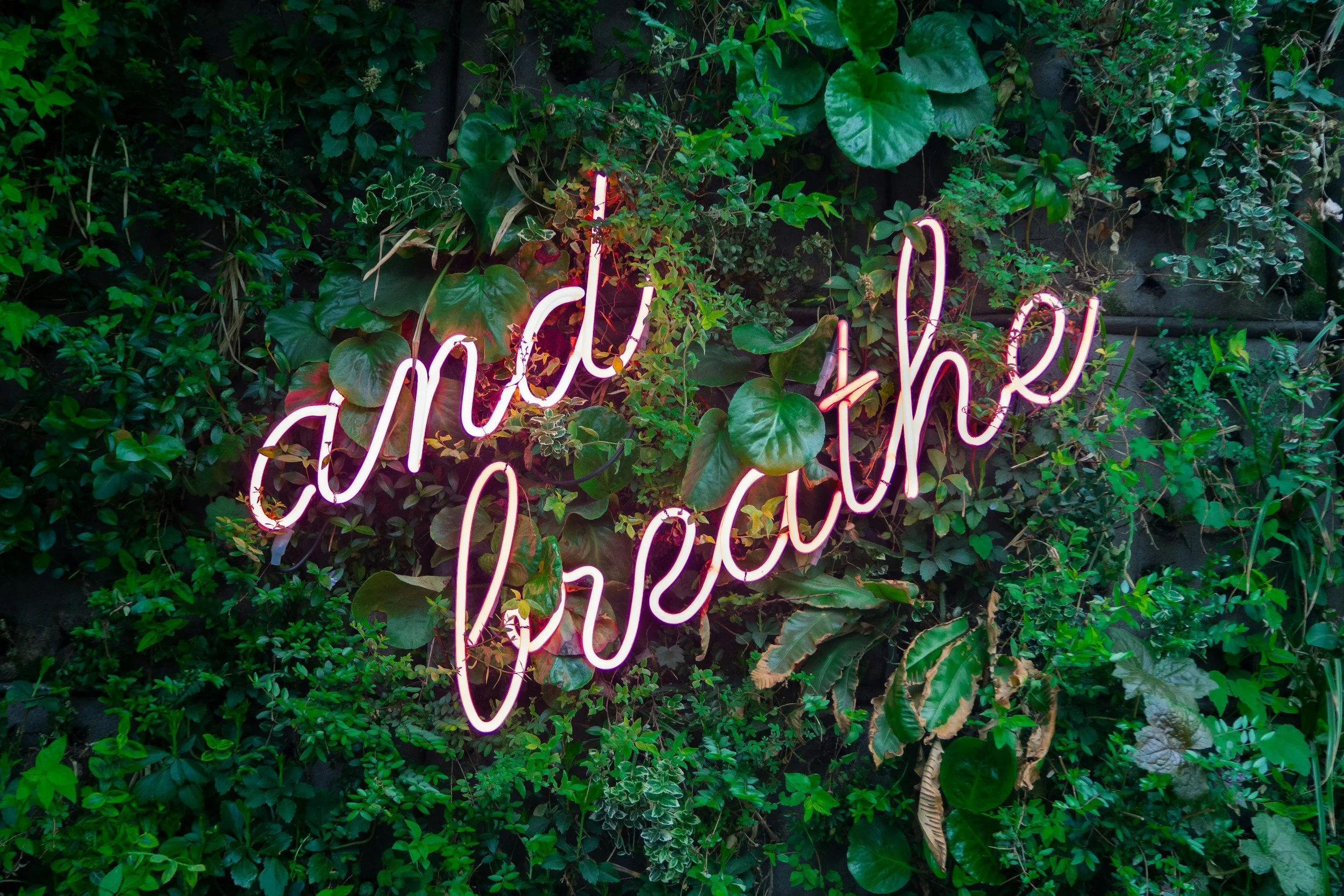Mindfulness in Real Life: How to Make It Practical, Not Overwhelming
Many people think mindfulness means sitting in silence for hours or retreating to a mountain monastery. But at Sessions, we believe mindfulness is much simpler—and more accessible—than that. It’s about bringing awareness to your present moment, whether that’s taking three deep breaths between meetings or noticing the thoughts running through your mind.
Breaking Down the Intimidation Factor
Let’s be honest: the idea of sitting quietly for even five minutes can feel overwhelming. Many of us have this vision of mindfulness as some “fully involved, dead silent, sensory deprivation tank kind of intense endeavor.” But that’s not what mindfulness has to be.
One of our therapists discovered this firsthand while teaching kindergarten in a high-pressure academic environment. When both she and her students were struggling, she introduced simple mindfulness practices—like lying down on desks for three minutes after lunch to listen to ocean sounds. The transformation was immediate and profound.
“The way they were able to engage in the lesson was just night and day. A lot of people are just so intimidated by the idea of, I need to sit quietly for even five minutes and close my eyes. Like, what? That is overwhelming to me.”
The truth is, mindfulness can be as simple as being aware of your thoughts and the language you're using. It's about noticing what you're consuming mentally and what you're producing in your interactions with others.
How Mindfulness Shows Up in Therapy
In our therapy sessions, we use mindfulness as a gentle bridge between the external world and your inner experience. Many clients arrive straight from work, cooking dinner, or handling life's demands. That jarring transition—"Oh my gosh, it's already 6 PM, let me open up my computer and run to therapy"—isn't ideal for deep therapeutic work.
That's why we often begin sessions with a brief mindfulness practice. It might be three to five minutes for someone interested in the practice, or just 10 seconds and three breaths for someone new to it. We make it completely optional and accessible—you can close your eyes, look ahead, look down, or even turn off your video.
For many clients, this might be the first really deep breath they've taken all day. The difference it makes in their nervous system, their tone, and their ability to be present is remarkable.
We also use mindfulness throughout sessions—offering a pause and breath when someone becomes flooded or overwhelmed, and ending with integration time to transition back to daily life.
Personal Journeys: From Intense to Accessible
Our team has diverse experiences with mindfulness. Some of us dove in intensely—spending months at Buddhist monasteries or using meditation to process profound grief. While these experiences were transformative, they also taught us that mindfulness doesn't have to be extreme to be effective.
One therapist found her current practice through watercoloring—focusing on a point within herself or an emotion and creating symbols or scenes moment by moment. It's meditative, cathartic, and much more approachable than sitting in formal meditation.
“Instead of expecting myself to meditate for two hours at a time, like I did at the temple, really setting shorter periods of time of just focusing on my breathing even, or just noticing my surroundings.”
Another discovered mindfulness through grief, learning to sit with previously intolerable emotions. This practice not only helped process the grief but increased confidence and authenticity: "I realized I was in charge of my life. Like, oh, I actually am running the show here. I can turn towards anything, no matter how difficult."
The Corporate Co-opting of Mindfulness
We'd be remiss not to address how mindfulness has been co-opted by corporate culture. Companies like Google install "nap pods" and promote workplace mindfulness—but often with the goal of creating more productive workers rather than supporting genuine well-being.
This feels uncomfortable when we consider that mindfulness comes from Buddhist traditions focused on slowing down and being present, not on optimizing productivity. It's concerning to see practices designed as antidotes to modern life's toxicity repurposed to accelerate that very toxicity.
“It really does feel like kind of putting a bandaid over the symptoms too, and kind of redirecting our attention away from really big system issues, like not having access to better healthcare or having a livable wage or working hours that actually support our sleep and our free time and health.”
The question becomes: what values is mindfulness embedded in? If it's a tool, what are we using it for? True mindfulness should help us recognize toxicity for what it is, not help us tolerate toxic conditions.
Making Mindfulness Truly Accessible
Despite these concerns, mindfulness remains a powerful tool for healing and self-awareness. The key is approaching it in ways that feel genuine and sustainable for you.
Start Small: Don't feel pressured to sit for long periods. Even closing your eyes and taking a few deep breaths before starting your workday counts as mindfulness.
Find Your Entry Point: Maybe it's watercoloring, maybe it's watching birds in your backyard, maybe it's simply noticing your thoughts without judgment. There's no wrong way to be mindful.
Make It Trauma-Informed: If you have a history of complex trauma, traditional mindfulness practices might feel overwhelming or scary. That's completely valid. Work with a therapist who understands trauma-informed approaches to mindfulness.
Use It for Transition: Mindfulness can be particularly helpful when shifting between activities or mental states—coming into therapy, leaving work, or preparing for sleep.
Mindfulness as a Tool for Joy
When introduced thoughtfully, mindfulness isn't just about managing stress or increasing productivity. It's a tool for joy, authenticity, and deeper connection with yourself and others. It can help you:
Recognize and interrupt unhelpful thought patterns
Develop a more authentic relationship with yourself
Increase your capacity to be present in relationships
Build confidence in your ability to handle difficult emotions
Create moments of genuine peace and contentment
Simple Ways to Start Today
Three-Breath Reset: Before opening your laptop, take three intentional breaths
Mindful Transitions: Notice when you're shifting between activities and take a moment to be present
Awareness Practice: Simply notice your thoughts without trying to change them
Nature Connection: Spend a few minutes observing something in nature—even a houseplant counts
Body Check-ins: Periodically notice where you're holding tension and breathe into those areas
Key Takeaways
Mindfulness doesn't require hours of meditation—it can be as simple as three conscious breaths
It's about awareness, not perfection or productivity
Traditional practices can be adapted to fit your comfort level and trauma history
Corporate mindfulness often misses the point—true mindfulness helps us recognize what's toxic
Small, consistent practices are more sustainable than intense, infrequent ones
Mindfulness is a tool for joy and authenticity, not just stress management
Find your own entry point—watercoloring, nature observation, or breath awareness all count
It's particularly helpful for transitions between different parts of your day
Remember, mindfulness is about turning toward yourself with curiosity and compassion. Whether you're dealing with overwhelming emotions, daily stress, or simply wanting to be more present in your life, there's a way to practice mindfulness that works for you.
If you're interested in exploring mindfulness in a therapeutic context, the therapists at Sessions can help you develop practices that feel safe, accessible, and meaningful for your unique situation.




